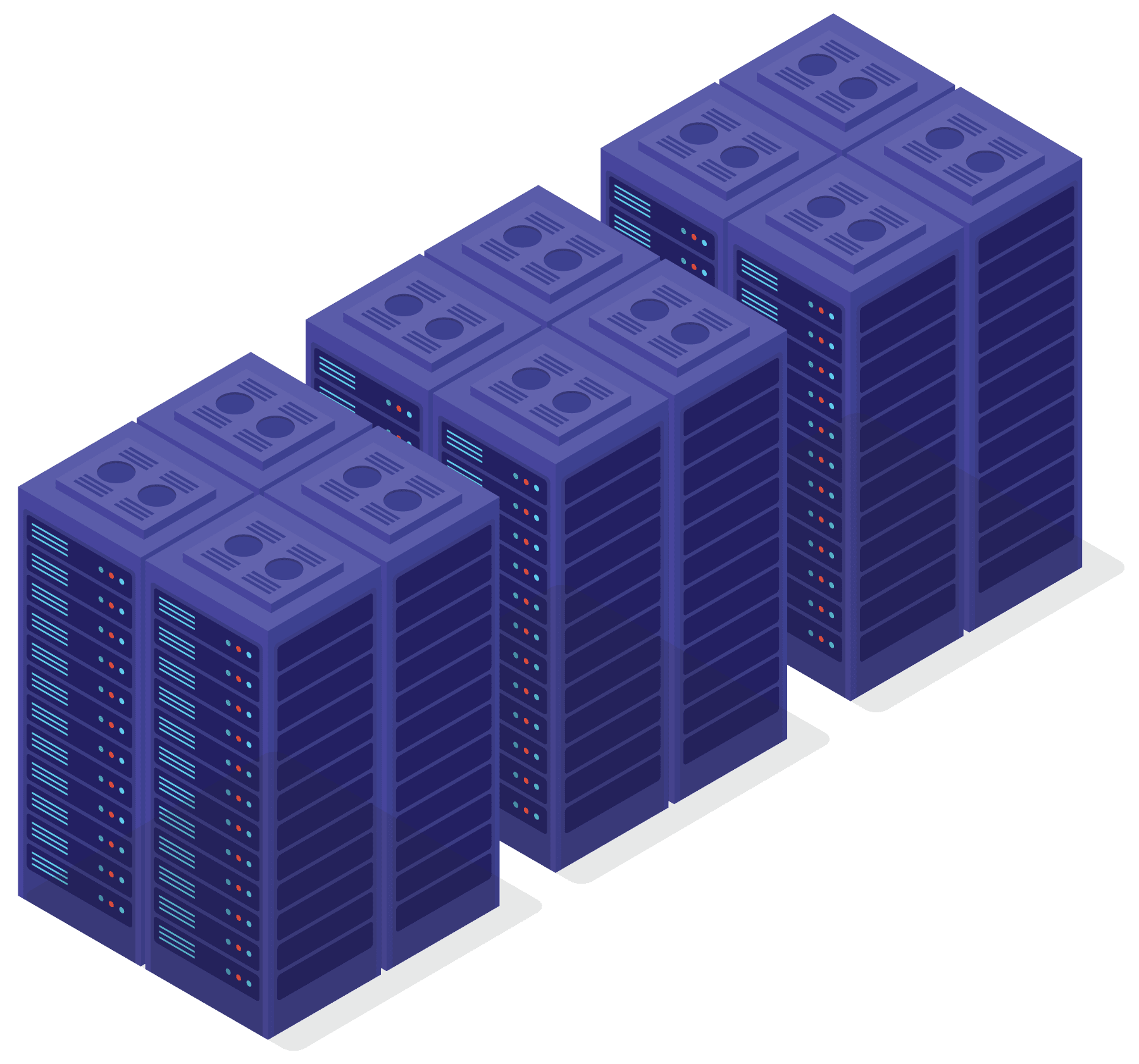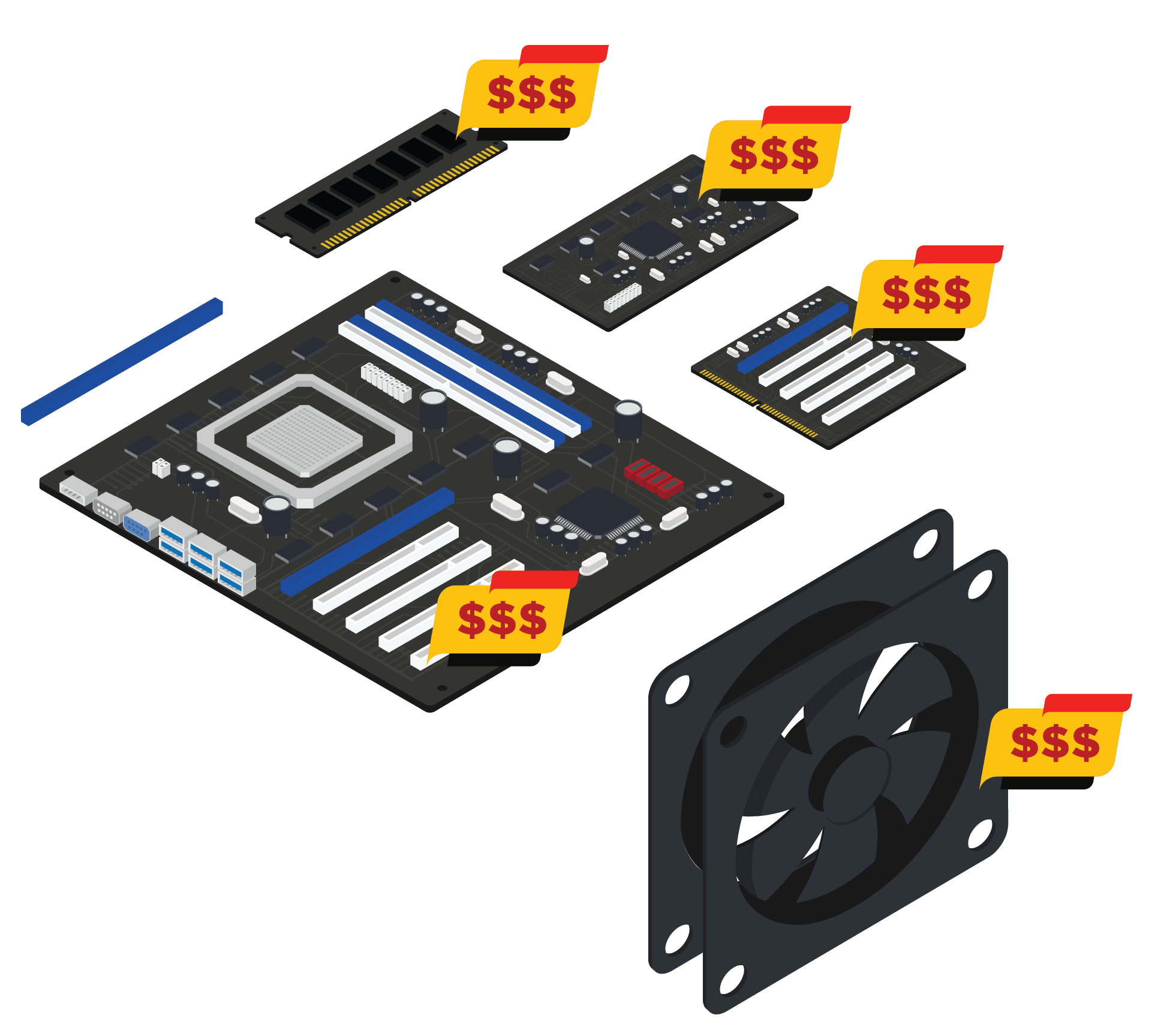Our partner, XM, lets you access a free demo account to apply your knowledge.
No hidden costs, no tricks.

The most famous crypto to mine is Bitcoin, but there are also other tokens that can be mined such as Litecoin, Zcash, Monero, and of course, up until recently, Ethereum.
But with the recent announcement of Ethereum's merge which took Ethereum from Proof-of-Work into Proof-of-Stake protocol, removing the ability to mine ETH, combined with Bitcoin's upcoming halving which is less than two years from now, one question started to circulate the internet. Is crypto mining still profitable?


Bitcoin is the most famous crypto to mine. Mining Bitcoin means validating Bitcoin transactions on the Bitcoin blockchain and receiving rewards for your work.
The formula is simple. If the Bitcoin price is higher than the cost of operating a Bitcoin mining rig, then you can make good profits from doing this. With fast technological developments in both hardware and software spaces, mining Bitcoin has turned into a business for many. But miners need to be wary of halving which may largely impact the profitability of this practice.
There are now whole buildings filled with Bitcoin miners that are running 24/7 and making good profits for the people who run these mining facilities. But with recent market crashes which saw Bitcoin's prices fall, constantly increasing costs of electricity, and different regulations, one question started to circulate. Is Bitcoin mining still profitable? Many are saying yes, but in reality, each miner should determine that for themselves.
"Bitcoin mining consumes about less than one one-tenth of a percent of the world's energy and in doing so it creates an open and free financial system" - Jason Les

Block rewards are rewards that miners receive for finding new blocks and validating them. In Bitcoin's case, these rewards are paid out in the form of newly minted Bitcoins.
Bitcoin creates a new block approximately every 10 minutes. When a new block is created, the race starts between miners. Here miners complete difficult mathematical problems and try to be the first ones to validate the block in order to receive a reward. Initially, in 2009, a reward for each validated block was 50 BTC, but Satoshi Nakamoto, the developer of Bitcoin, added a function that over time lowers these rewards.
This process is called Bitcoin halving. It happens once 210,000 new blocks are added to the blockchain. This number is hit approximately every four years. So since 2009, there were three halvings that took place, and the 50 BTC reward has now turned into a 6.25 BTC payout. The next Bitcoin halving is expected to happen somewhere in 2024, which will reduce rewards further down, to just 3.125 BTC.
Hashrate is a metric that is used to determine how strong and secure a blockchain network is. Blockchains with higher hashrates are harder to disrupt and attack.
Hashrate is the amount of computing power that is needed to verify blockchain transactions. The faster these block mathematical problems are being solved, the higher the hashrate. When new miners join the blockchain, these block puzzles become more complex and require more computing power to solve.
Bitcoin's hashrate is not publicly available. But there are some calculations that are being done to calculate it. Currently, the Bitcoin hashrate is around 200 EH/s and Bitcoin mining generates around $35 million.

Crypto mining requires special and powerful hardware to operate. It is important to research this hardware, as each bit of hardware is fit for different mining rigs and each of them uses a different amount of power.
Bitcoin mining requires hardware called ASIS - Application Specific Integrated Circuit. ASIS is further divided into different types. Each of them consumes different amounts of electricity and mines different amounts of Bitcoin.
If miners want to maximize their income, they should use more modern hardware, but this modern hardware is consuming more energy than older ones. As we mentioned before, for many different reasons people started to ask if crypto mining is still profitable. One of the reasons is the expenses that come with the mining hardware. As more miners are joining the blockchain the demand for hardware is rising, and it follows the demand and supply law, as prices of hardware are going up.
There is no definitive answer to this question. Each mining setup costs a different amount and consumes different amounts of electricity and there are different electricity prices around the world. Different cryptos have different difficulties associated with mining, there is also the volatility of the crypto market to consider and the list goes on.
As most cryptos don’t tend to keep the same price for a long period of time unless they are stablecoins, mining can be profitable now, and it might be losing you money in 2 months and vice versa. For example, at the end of 2021 Bitcoin mining was a profitable business, but then the Bitcoin prices crashed and left many investors counting their losses.
Mining is also becoming a big player's game. The more powerful and bigger the mining setup you have, the bigger portion of mining rewards come your way. This caused big businesses and investors to capitalize on crypto mining and leaves smaller individual miners hanging. Individual miners can always join mining pools, but rewards from those pools are low and some miners who join the pools are taking way too long to at least make back their initial investment.
Before we decide to start mining crypto we need to calculate how much initial investment we will need to make, how much it will cost us to keep the operation running and how much money will the miner generate. Only after this can we somewhat predict if we will make profits.

What deters many people from investing in crypto mining is the initial investment they have to make in order to purchase all of the equipment that is needed.
One of the most expensive components of those mining rigs is graphics cards. As mining has been popularized, the demand for graphics cards has skyrocketed. When creating mining rigs for efficiency and profitability purposes, it is essential to have a few graphics cards in your setup. Each graphics card can cost up to $1,000. Add other necessary components and the costs of miners can go up to $10-$15 thousand and yet still be nothing compared to some mining farms that big investors are running.
There are also price differences between the same components, based on the manufacturer who produced these components. These prices usually depend on two factors. One is how much computing power these components have. Components that produce more computing power generate more money, but also cost more. Another factor is durability. These miners run 24/7 and durability is a must. More durable and high-quality components cost more but also last longer without dropping in performance.

As we mentioned, these miners run 24/7 and have a lot of computing power. With this comes huge amounts of electricity consumption. If the electricity prices in your region are high, electricity bills from your miners will also be high, thus lowering your profits.
You can always default to building a less powerful mining setup. But generated income will also be less. So it comes down to calculations, as to which setup will return us better profits.
We also have to take into account that mining cryptos are becoming more difficult and require more powerful hardware. As more miners join the blockchain, the hashrates of those blockchains are increasing. Higher hashrates mean more complex block puzzles and those complex puzzles need more powerful hardware in order to solve them fast to receive rewards.

Mining farms have become something common. People who have millions to invest are building mining farms and these farms are taking a vast majority of the rewards, leaving individual miners fighting for the scraps.
To combat this unfairness, people started to combine their efforts and created mining pools. Mining pools are large numbers of miners working together to find new blocks and validate them. This is used by almost every miner because working individually won’t give them any reward, as it will be impossible for them to be the first to find new blocks unless it is a huge mining farm that costs millions to run.
There are many different profitability calculators that we can use to determine the cost-profit ratio of the miner. While using these calculators, you will need to input information such as hashing power, electricity cost, energy consumption, and mining pool fees.
These calculators can be useful to determine at what price mining crypto is profitable and when we are going to start taking losses.
As we mentioned before, you can only mine tokens that use Proof-of-Work protocols on their blockchains. These blockchains have shown how slow and energy-consuming they are compared to tokens that use Proof-of-Stake protocols. Because of this, the majority of new tokens that are coming out use Proof-of-Stake protocols and even some blockchains, most notoriously Ethereum, are switching their Proof-of-Work protocols into Proof-of-Stake protocols.
This Proof-of-Stake protocol has enabled a new style of investment Staking, which gives out rewards for validating transactions just like mining. The difference here is that this process does not require powerful hardware and does not consume a large amount of energy.
What is good about staking is that anyone can do it without having to make large investments. While mining requires you to purchase hardware as the initial investment, for staking you just need to own a minimum amount of crypto which is required for staking. Some cryptos might have minimum requirements, for example, you need a 32 ETH minimum to be able to stake it which is $32,000 right now. But just like mining pools you can join staking pools where the required minimums are way lower and even if you hold 1-2 ETH you are still able to stake them and earn rewards proportional to your investment.
Our partner, XM, lets you access a free demo account to apply your knowledge.
No hidden costs, no tricks.
Ethereum moved to the Proof-of-Stake protocol on September 15, 2022. This has removed the option to mine Ethereum and only Ethereum straking will be possible from here on out
Bitcoin mining is expected to stop in 2140. Bitcoin has a system in place which halves the rewards miners receive approximately every 4 years. Once Bitcoin reaches max supply miners will stop receiving these rewards.
It is hard to say. On average 3 years is a good estimate. This number is not guaranteed. The amount of time your GPU will last depends on the quality of your GPU and the workload your mining rig will be working under. More expensive GPUs will last longer, while cheaper ones might not even last 2 years.